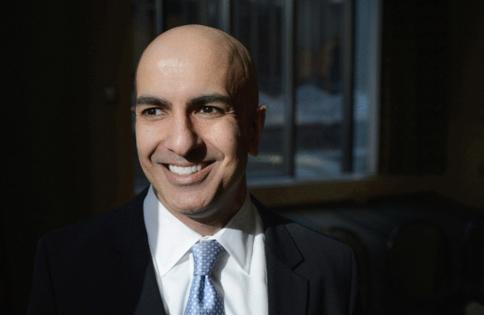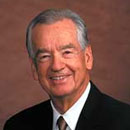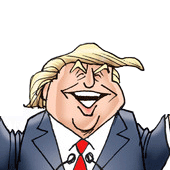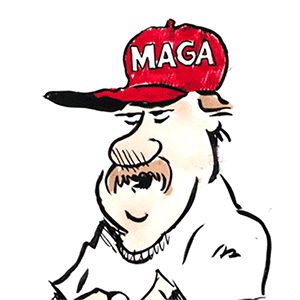Minneapolis Fed's Neel Kashkari: Fed cuts might not lead to lower mortgage rates
Published in Business News
American consumers are waiting for the Federal Reserve to cut rates so they can buy or sell their homes, but Minneapolis Fed President Neel Kashkari said Tuesday that the long-awaited mortgage rate drop might not materialize.
There’s only so much money to go around, Kashkari said, and the amount of cash flowing into AI — though it’s propping up the U.S. economy — means less to invest in housing.
Kashkari’s comments came at the Minnesota Star Tribune’s North Star Summit, where he spoke on a panel with Ronnie Chatterji, OpenAI’s chief economist. They discussed how AI will reshape work and economic growth in the Midwest.
Even if the Fed makes multiple rate cuts, Kashkari said, that might not translate into lower mortgage rates “because the capital that would have been building homes or apartment buildings is being diverted to instead build data centers, which are generating a stronger investment return.”
Kashkari mentioned this negligible impact on mortgage rates in a recent essay, in which he also proposed two more rate cuts before the end of the year.
The Fed controls the federal funds rate, which can influence but doesn’t set rates consumers pay on everything from cars to credit cards.
Mortgage rates fell in August, before the Fed’s September rate cut, but that did little to juice the Twin Cities housing market. When the central bank’s rate cut did take hold, mortgage rates unexpectedly rose.
“A lot of people are saying, ‘We want to see the housing market unlocked.’ They’re hoping that a few cuts to interest rates are going to do it,” Kashkari said. “I’m not convinced that a few cuts to interest rates are going to translate into much lower mortgage costs.”
The Fed wields interest rates to achieve its “dual mandate” of price stability and low unemployment. When inflation is high, as it was coming out of the COVID-19 pandemic, the central bank raises rates to force price growth down. When unemployment is high, it lowers rates to jumpstart spending.
President Donald Trump has pressured the Fed to cut rates, including with false claims that inflation is down. Inflation is hovering around 3%, higher than the Fed’s 2% goal.
The president, who appointed Jerome Powell during his first term, will likely replace the Fed chair with a loyalist once Powell’s term expires in May. Even so, it’s unlikely the Federal Open Market Committee would sign off on rate cuts that threaten to overheat the economy, Kashkari said.
“If you try to drive the economy faster than its potential to grow and its potential to produce, prices end up just going up across the economy,” he said. “The Federal Open Market Committee ultimately sets interest rates, and the committee as a whole, I believe, is absolutely committed to making decisions based on data and analysis, not on political considerations.”
Kashkari has been outspoken on the Fed’s independence being crucial to a healthy U.S. economy as Trump pressures the Fed, including trying to fire Federal Reserve governor Lisa Cook.
©2025 The Minnesota Star Tribune. Visit at startribune.com. Distributed by Tribune Content Agency, LLC.












Comments